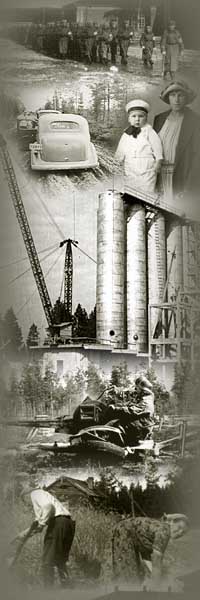 |
 |
|
Summary:
Anna-Kaisa Puputti, Food refuse in a midden. Animal bone finds
from Oulu Pikisaari 2006 excavation
A large animal bone assemblage was excavated in 2006 from Oulu Pikisaari waste midden which was situated
on an island outside the town plan area, alongside a tar factory and a few possibly inhabited plots. It is
uncertain to what extent the animal bone assemblage from the waste midden is typical to the whole town in
this period.
The assemblage was analysed to examine subsistence and foodways in the town during the second half of the
18th century and the beginning of the 19th century. People obtained meat from cattle, sheep or goats, pigs,
reindeer and a variety of species of wild mammals, birds, fish and possibly molluscs. Pigs and sheep or goats
seem to have been raised mainly for their meat, whereas cattle were raised primarily for milk production and
were therefore slaughtered at an old age. People either raised the animals themselves or bought live animals
from the slaughterer to be butchered at home. No specialised meat cut trade was observable in the body part
representation of the domestic animals. Cattle and reindeer were probably butchered from the shoulder, elbow,
hip, knee and ankle joints. The spine was craniocaudally split and cut into smaller sections, and horns or
antlers were sometimes chopped off. Metapodials, and possibly other long bones, were also split for marrow
extraction. Most game animal bones belonged to gallinaceous birds, but also arctic hares and seals were
represented in the assemblage. A few bones of seal yearlings imply to the possibility of hunting seals from
their breeding grounds on the ice during the winter and early spring.
Faravid
31/2007
|
 |